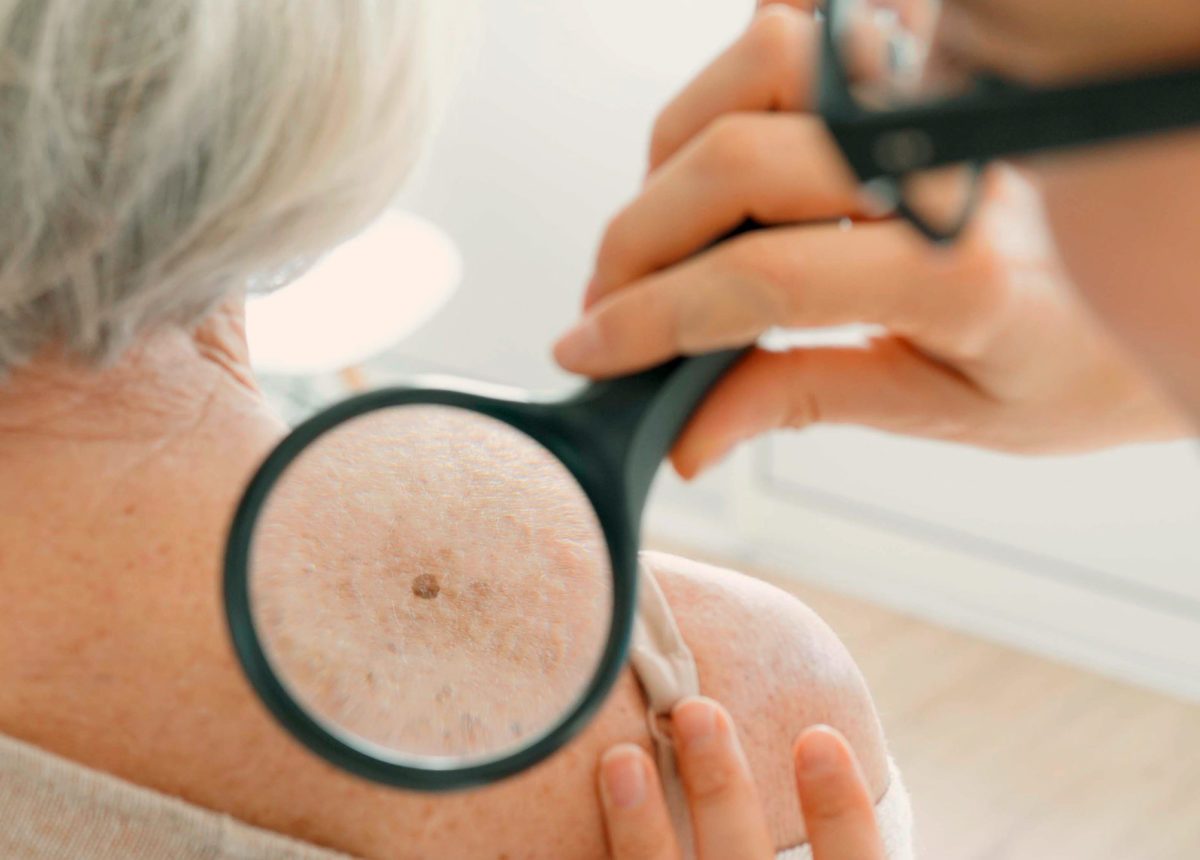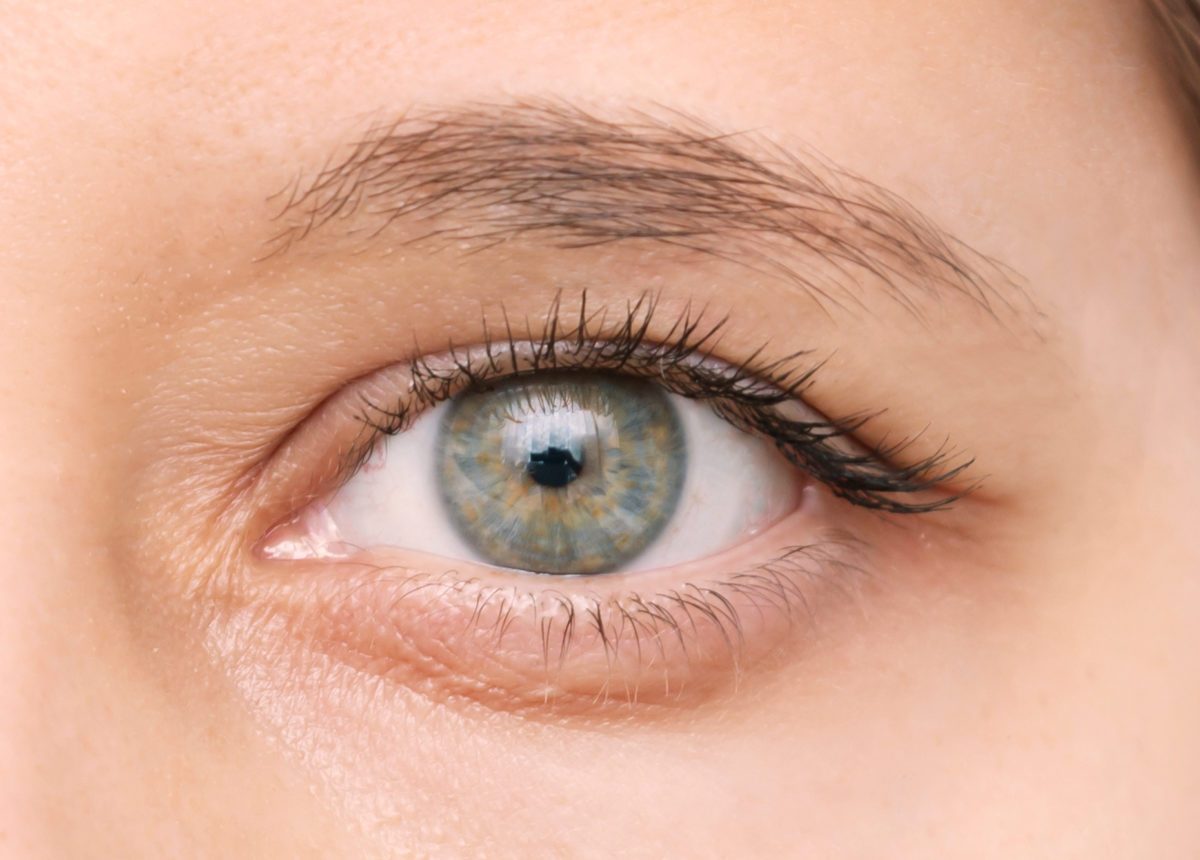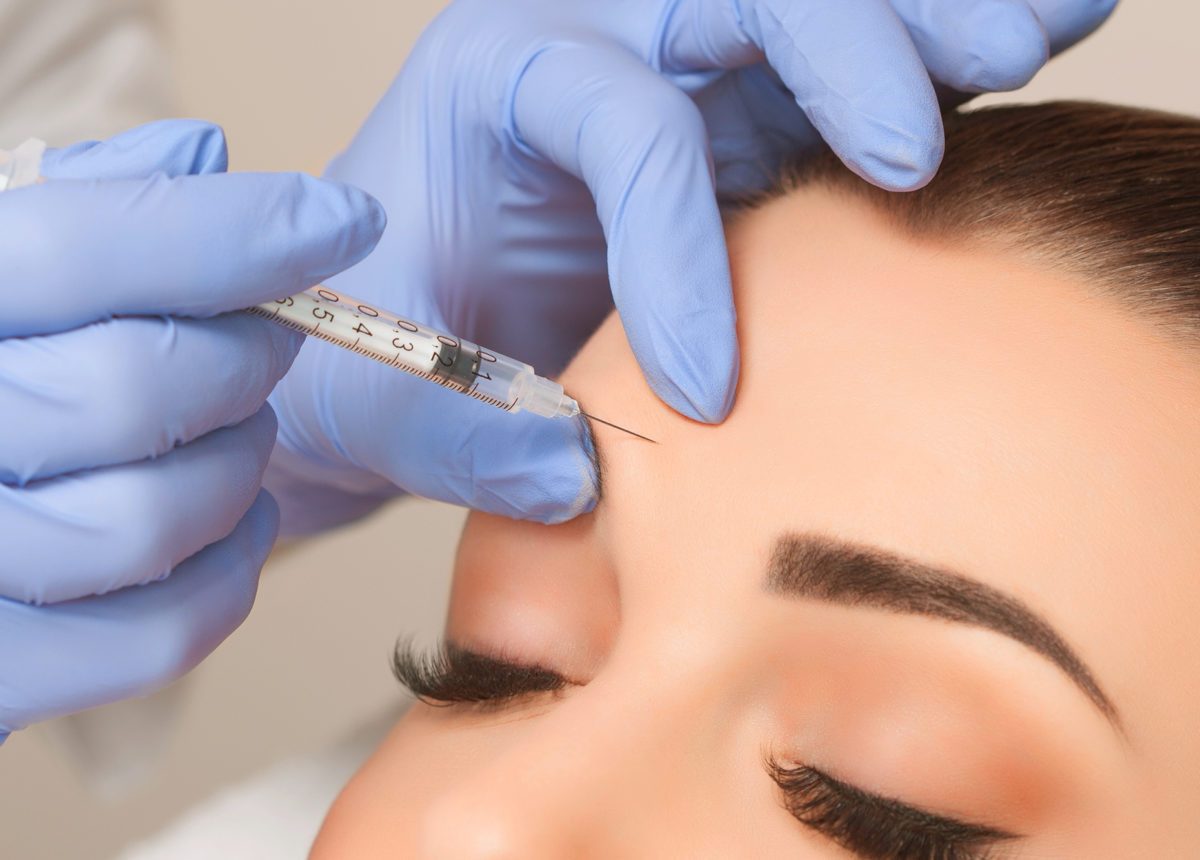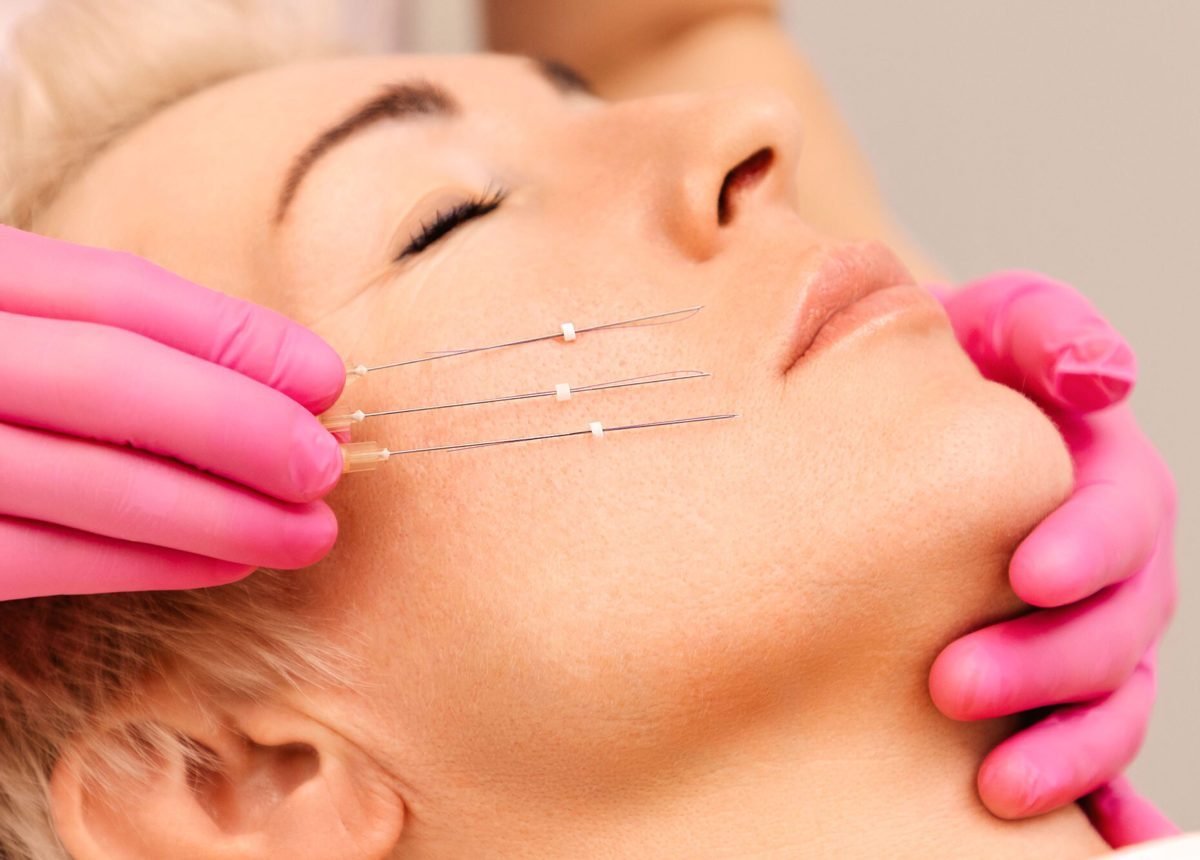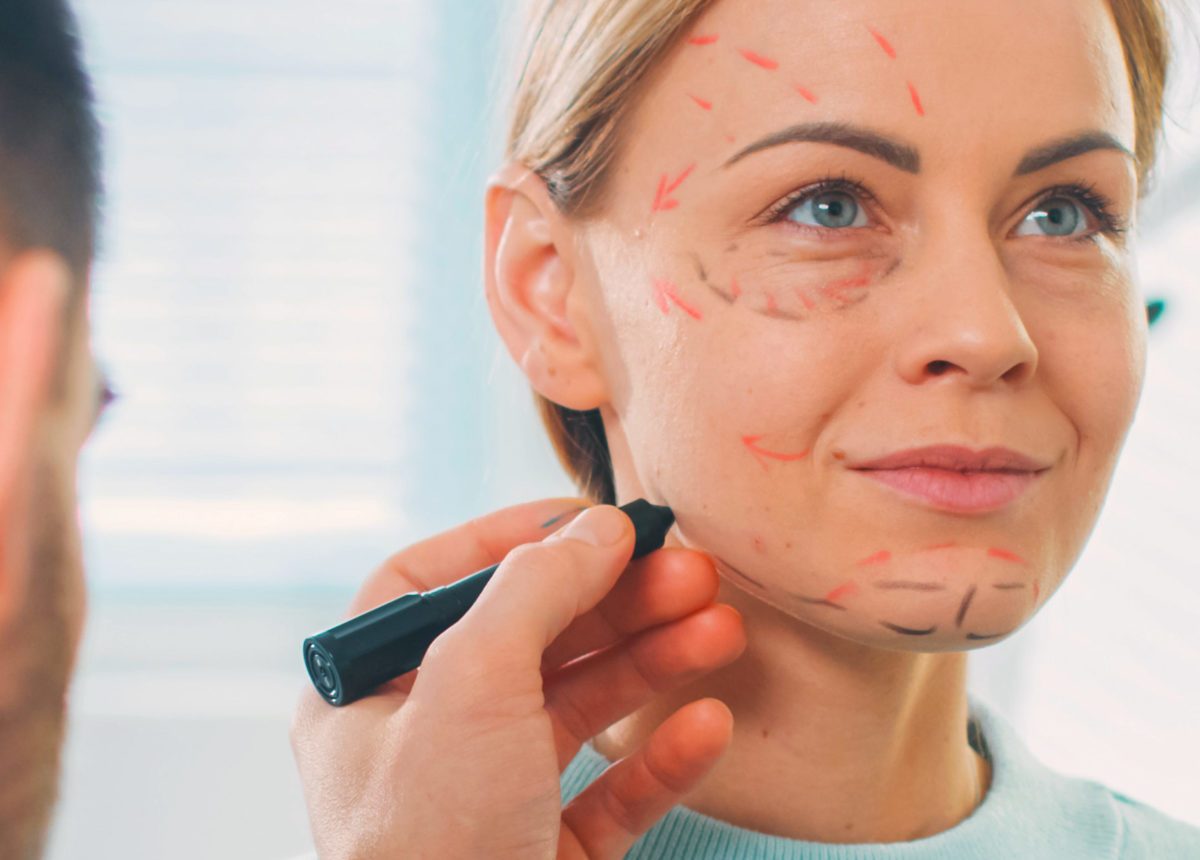
Description
Some traces are the mark of a life well-lived, while others make us look rather exhausted and tired. A facelift can bring a certain radiance back to your face. This includes a general tightening of the facial skin, but can also be performed at the same time as an eyelid lift (blepharoplasty) or correction of a “double chin”. The aim of a facelift is to achieve a fresher, more youthful appearance. A professionally performed facelift restores former proportions, while preserving a person’s characteristic facial features, especially when laughing. The prerequisite for this is the inclusion of the supporting structure of the skin, the so-called SMAS (“superficial muscular aponeurotic system”).
The procedure
The procedure takes two to three hours, depending on the extent of the issue, and is performed either under local anaesthesia, in twilight sleep or under general anaesthesia. The incision is made behind the ears and also usually along the hairline. It is also important to tighten the deeper structures, which consist of muscles, connective tissue and fat. This so-called SMAS is also tightened. The skin is then laid back down, the excess skin resulting from the tightening is removed and the edges of the skin are finally sutured together with as little tension as possible.
Aftercare
After the operation, you will remain in our clinic for at least three hours (six hours in the case of a general anaesthetic) for monitoring, after which you may be collected. There should be no severe pain. The first follow-up check-up will take place the day after the operation, during which further appointments can be discussed with the surgeon. In the first few days after the facelift, there will be swelling and bruising, so you will not be fully able to return to social activities for about two weeks. A recovery period of about two weeks should therefore be planned. In the first few weeks after the operation, you should avoid sporting activities, sauna visits and direct sunlight. In order for scars to heal, you should ensure a high level of light protection in the facial area in the following months and, if necessary, discuss scar aftercare with your doctor.
